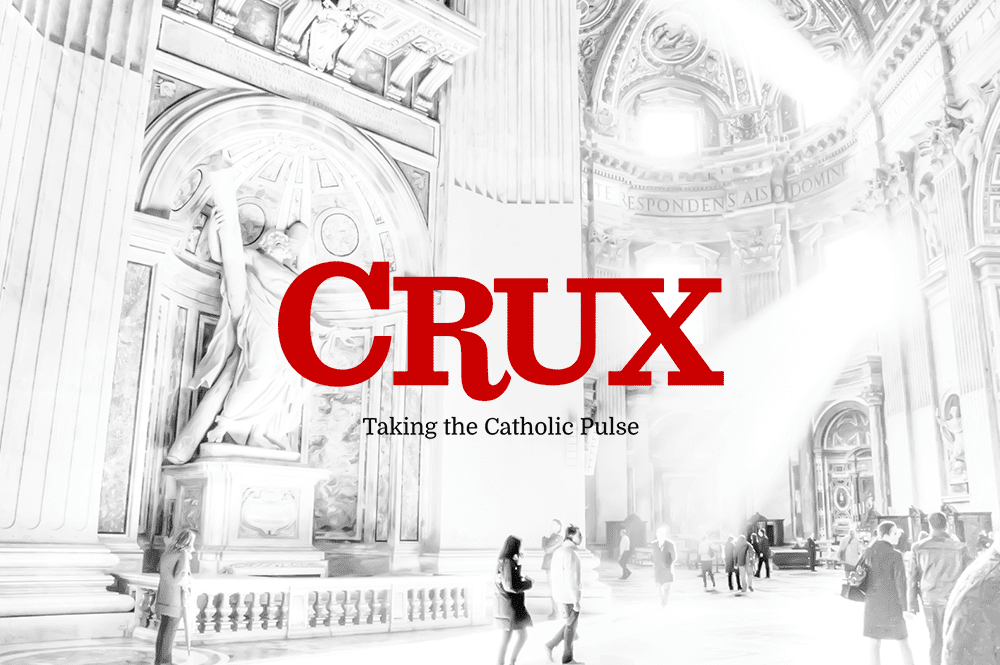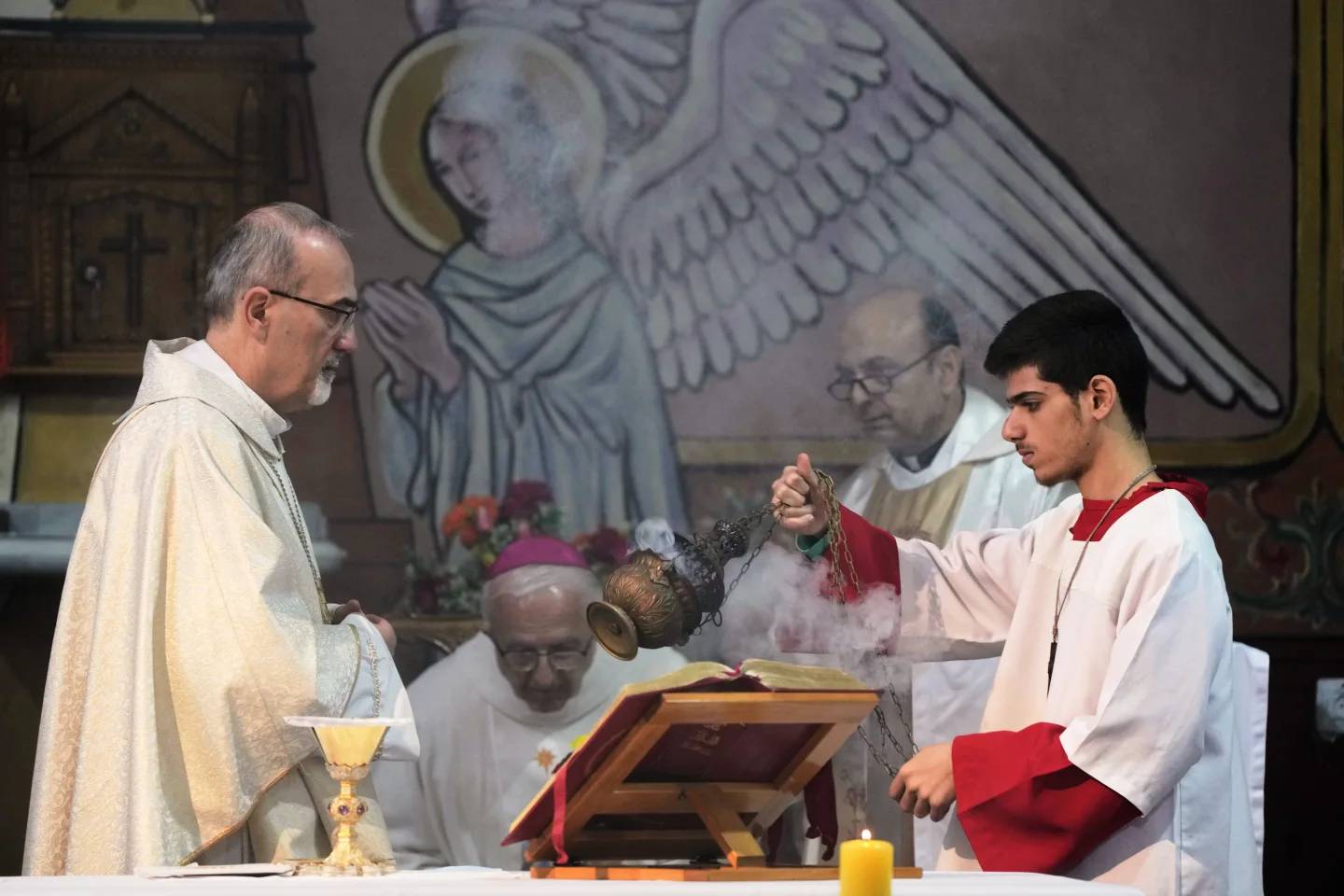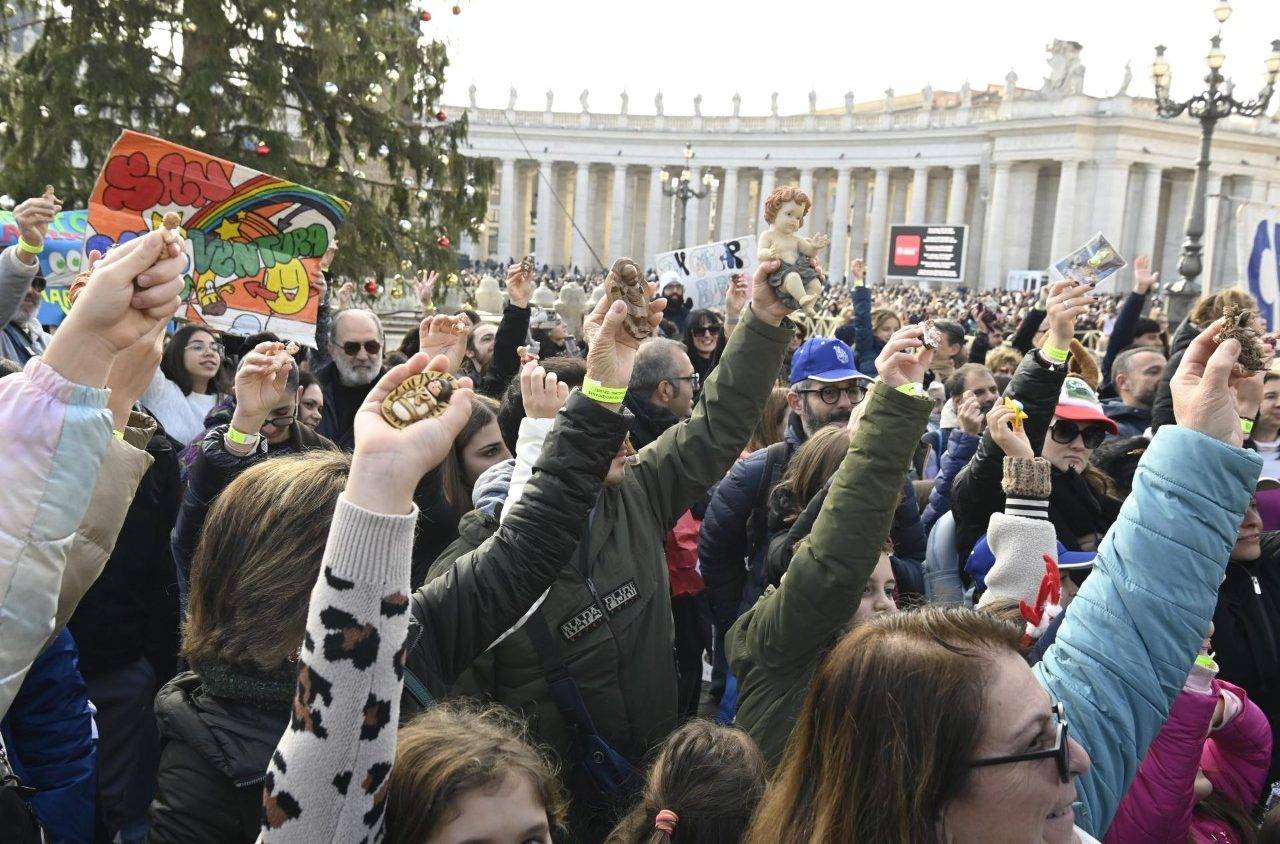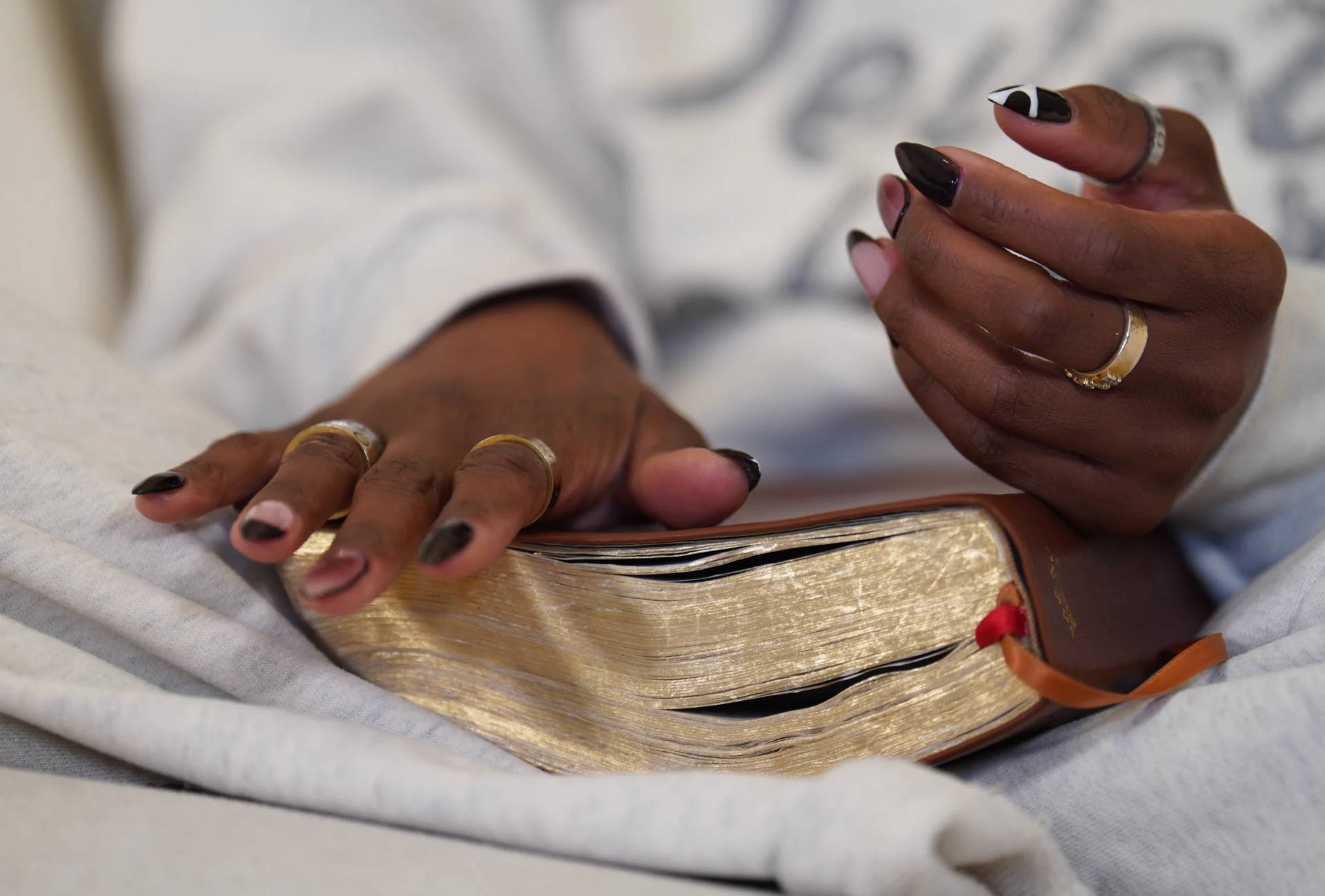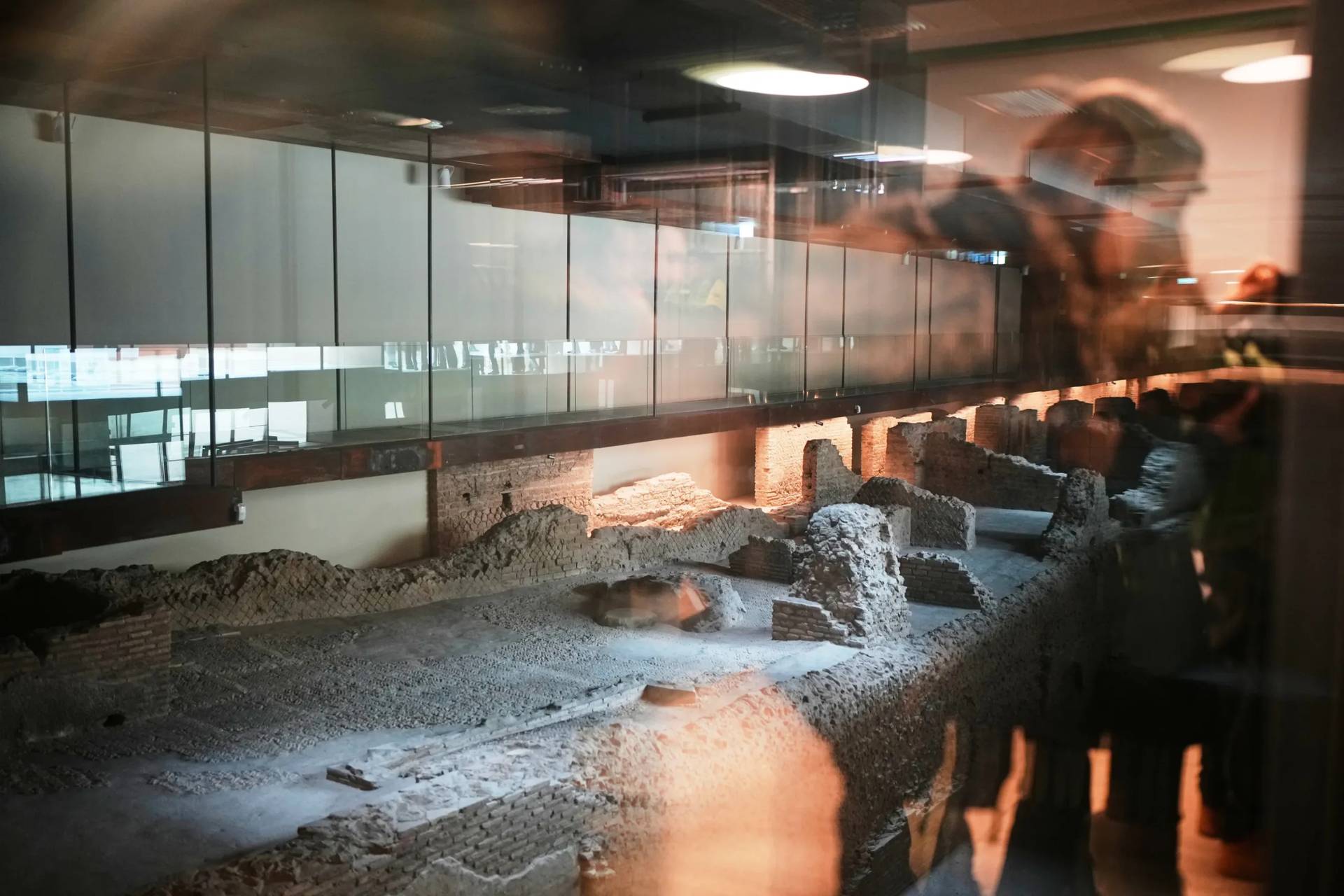ROME – Pope Francis goes full circle today when he visits the beautiful and troubled island of Sicily in southern Italy, five years after his first-ever papal trip to the very same region.
The visit marks the 25th anniversary of the murder of Blessed Father Pino Puglisi, Italy’s anti-mafia hero, and it offers an opportunity to spread Francis’s message of aiding the poor, welcoming immigrants and fighting crime and corruption.
It also comes five years after the pontiff’s 2013 outing to Lampedusa in Sicily, a primary point of arrival for migrants and refugees struggling to reach Europe. Francis laid a wreath in the sea that day to mark the estimated 20,000 people who have died trying to cross the Mediterranean, in a gesture that marked him as a strongly pro-immigrant pope.
In a special way, Francis’s one-day trip also provides an x-ray of the state of his pontificate in the Vatican’s own backyard, at a time when financial and sexual scandals continue to undermine the Church’s credibility, and in the broader society, racism and xenophobia are on the rise.
Financial irregularities and disabilities
At 8:30 a.m. today the papal helicopter will land in Catania, where scandals have been hitting the local Church. Here, Francis will engage in a “diplomatic tango” in order to avoid awkward photo-ops.
Francis will land at the airport in Fontanarossa, where he will not meet any local ecclesial or governmental authority. This move, observers believe, is to avoid meeting the Archbishop of Catania, Salvatore Gristina, who has been involved in a financial scandal this summer.
Gristina was accused in mid-July of embezzlement as president of the Board of the Diocesan Works for Cult and Religion of Catania (Odccr) in collusion with the Diocesan Assistance Works (Oda) of Catania, a clergy-controlled organization that provides assistance for people with special needs.
Oda is the most important organization of its kind in Sicily, caring for over 1,500 disabled people with about 500 employees. The charge against Gristina is that he stole over $200,000 from the fund.
Catania and the nearby diocese of Acireale have also been at the center of the “Archangel” sexual abuse scandal, where the leader of a lay Catholic organization, Piero Alfio Capuana, has been charged with the sexual abuse of at least seven underage girls over the course of 25 years.
Documents obtained by Crux show that the diocese and the Vatican were aware of irregularities and scandals within the association and did not act on them after a first failed attempt in the 1970s.
The trial of both Capuana and Gristina, who have declared themselves innocent of the accusations, are set to take place sometime this winter.
RELATED: ‘Archangel’ in Italy freed pending trial on sexual abuse charges
After his pit stop in Catania, Francis will fly to the town of Enna, where he will greet Bishop Rosario Gisana of Agrigento, whom he appointed in 2014. Then the pope will meet faithful in Piazza Europa, where he’s expected to be greeted with music, art and festivities.
A message to the Mafia
The pope will land in Palermo at approximately 10:45 a.m., not far from the Foro Italico where he will celebrate Mass. According to local authorities, over 80,000 people are expected to attend, straining the famously traffic-jammed city.
There Francis will celebrate the legacy of Puglisi, who was murdered by the mafia on his birthday, September 15, 1993.
Puglisi was beatified on May 25, 2013. Born of humble origins, in 1990 he became the parish priest in the dangerous Palermo neighborhood of Brancaccio, where he encouraged young people to steer clear of the mafia.
“Pope Francis comes to Palermo as a pilgrim to visit the places of the martyrdom of Father Pino Puglisi, a witness who gave his blood in the name of Christ and this beloved and battered Sicily,” said Archbishop Corrado Lorefice of Palermo during a press conference ahead of the visit.
“Pope Francis will come to tell the mafiosi to convert. For them there is a de facto excommunication because every mafioso knows himself to be excluded since he does not walk in the footsteps of the Gospel. A Christian does not kill, doesn’t make an idol out of money and profit,” he continued.
“Conversion means changing lifestyle, the pope is pointing the way for our Church and the churches of Sicily.”
The struggle against the mafia will not be the only thing highlighted during the brief, yet intense, visit. The welcoming and integration of immigrants, who usually reach the Sicilian coasts on their way to Italy and then Europe, will also take center stage.
To symbolize the attempt to cross racial and social barriers, the image of an African Mary, depicted while tenderly holding the infant baby Jesus, was chosen as the cover of the Mass booklet.
Promoting welcome among growing racism
Historically, Italy has been a country of emigration, with many Italians leaving to find better opportunities elsewhere in the post-war years. Its countrymen were more accustomed to being the unwanted strangers than having to welcome them.
Following large immigration flows of 2014, Italy went from welcoming enthusiasm to skepticism to frustration in rapid succession. The culmination was the election of the current government formed by the odd alliance of the anti-establishment left, the Five Star Movement, and populist right party, Northern League.
A significant portion of Southern Italy last March voted in favor of the League, led by Matteo Salvini, seduced by its anti-immigration rhetoric and tough on crime policies.
Francis’s lunch with immigrants and social outcasts, including the disabled, the poor and former convicts, sends a strong message in line with this pontificate. The pope will visit the Hope and Charity Mission in Palermo, founded by the lay missionary Biagio Conte, where he will taste the local food with 150 people, plus 1,500 dining outside.
“I am excited and happy for the arrival of Pope Francis,” said Conte, who gave everything up 27 years ago to help the disenfranchised, to local reporters. “It’s a moment of strong communion with the Holy Father when we will together send out a message of welcoming toward all people in difficulty, both Italian and foreign.”
“The Church must walk united and become an example of charity for all society,” he continued, “it’s necessary to be attentive to everyone, the fathers who lost their jobs, the families with disabled children, the women left alone with their children, the immigrants, the prisoners, all those who have lost hope.”
At the entrance of the mission, a massive statue of Puglisi hugging children will greet the pope. The hall within – dubbed “the house of prayer for all people” – pays homage to all three monotheistic religions, Christianity, Judaism and Islam.
“The pope’s visit will bear much fruit,” said Archbishop Michele Pennisi of Monreale. “We must welcome everyone. It will be a strong symbol, in a moment such as this, where there is a growth in racist mentality.”
Bringing the Message Home to Youth
After lunch, Francis will visit the nearby neighborhood of Brancaccio that Puglisi attempted to clear of Mafia influence and where he was killed. Mafia siblings Filippo and Giuseppe Graviano were in control of the town and are considered to be responsible for the murder.
“Don Puglisi was killed because he took our kids away,” several Mafiosi told the judge during the trial.
The parish priest took it onto himself to create a center, called “Our Father,” with the goal of teaching young people and taking them away from organized crime. According to the Mafia, the center acted as a police hub and they looked wearingly at Puglisi’s work.
“We later learned that it wasn’t true,” said Salvatore Grigioli, one of the killers of Puglisi, in an interview with the Italian Catholic outlet Famiglia Cristiana. “But especially, [he was killed] because in his homilies, at Mass, he spoke against the mafia and people felt his charm, especially the young.”
Sicily, like many places plagued by organized crime, is in many ways a warzone where factions attempt to claim the soul of the young.
After a meeting with local clergy and seminarians, Francis will be speaking to a young crowd of 4,500 people at 5:00 p.m. Many expect a strong appeal from a pope who has made no mystery of his distaste for corruption.
Behind him there will be a crucifix made of remains of migrant vessels, offering the perfect setting to appeal to local youth and encourage them not only to have a spirit of opposition toward corruption but also one of welcoming for immigrants.
